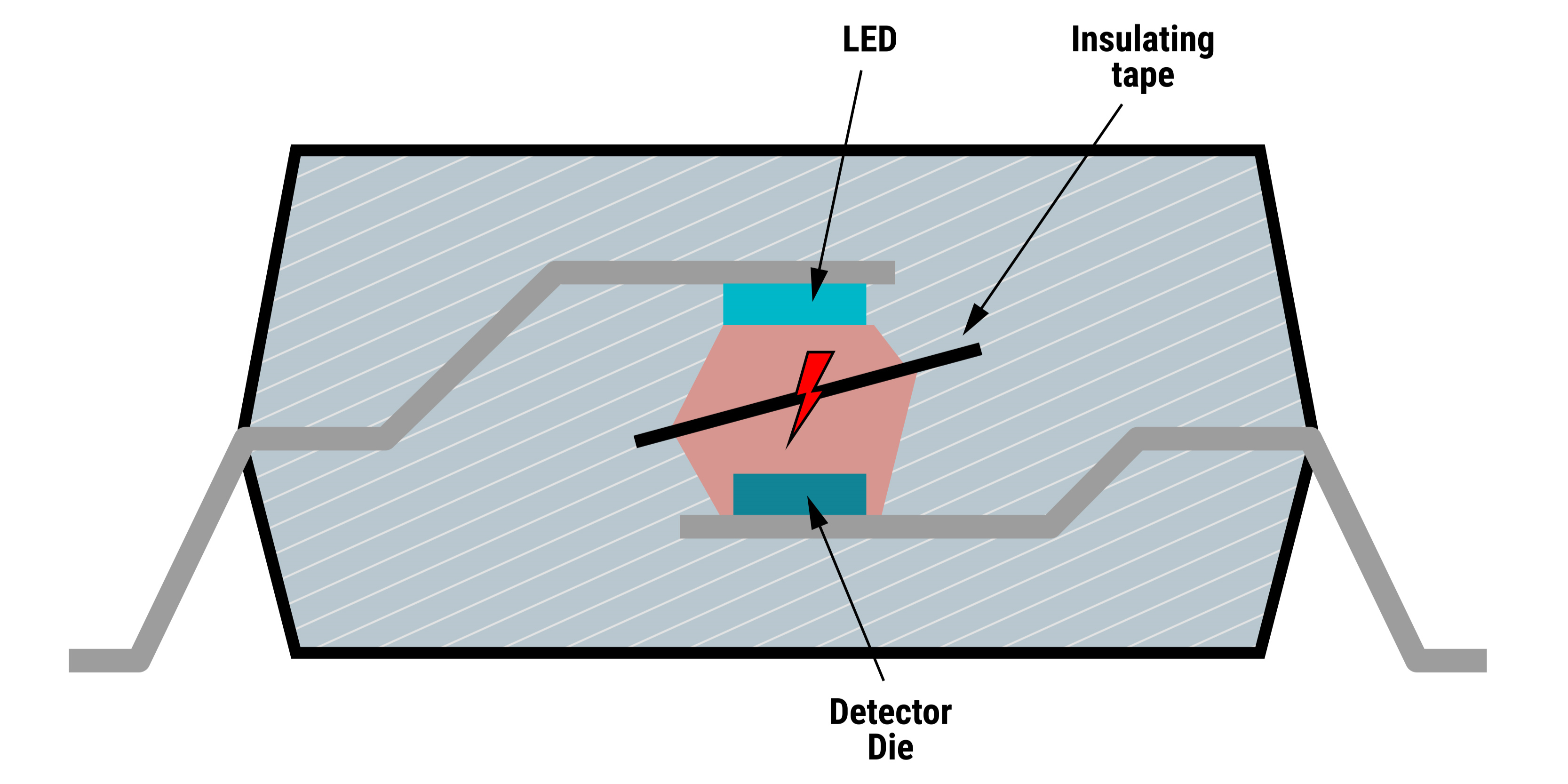SLLA634 March 2024 ISOM8610
- 1
- Abstract
- Trademarks
- 1Introduction
-
2Application Use Cases
- 2.1 Software Controllable Termination on CAN Nodes
- 2.2 Analog Current/Voltage Drivers to Load Isolation in a Programmable Logic Controller
- 2.3 Channel to Channel Isolated Universal Analog Input Module
- 2.4 Switching Precision Burden Resistor in Universal Analog Input Modules
- 2.5 Switch Outputs for Intrusion Detection Systems
- 3Summary
- 4References
1 Introduction
Isolated switches are critical for a wide range of applications that require a part of the circuit to be engaged or disengaged in the signal chain based on a control signal. Some of the applications where isolated switches are used include home automation, factory automation, fleet telematics, semiconductor test boards and so forth. Historically, electromechanical relays have been used to realize isolated switching in circuits.
As the name suggests, electromechanical relays leverage mechanical movements induced by electricity to establish a connect or disconnect. Essentially, a finite control current energizes an electromagnetic coil on the primary side to generate a magnetic field, which in-turn attracts the armature to establish a contact. The electromagnetic coil and contacts are galvanically isolated from one another.
Electromechanical relays do have a good isolation performance, however tend to be bulky as the assembly requires a coil and an armature, power hungry due to large magnetizing current, noisy due to physical movement of relay contacts and chatter prone from debounce during contact establishment. Electromechanical relays have limited lifetime of about 100k cycles for rated loads due to mechanically switching elements and need to be replaced often based on the rate of switching per application.
Reed relays do help reduce the chatter and size to a certain extent, however still have a limited lifetime and are bulky and power hungry.
Another implementation of isolated switching is by using OptoMOS’s. OptoMOS is a galvanically isolated, current controlled switch. Epoxy (dielectric) is sandwiched between a Light Emitting Diode (LED) and Photo detector array and two back-to-back FETs as shown in Figure 1-1. Control current is used to turn on the LED, which generates enough light to be detected by the photo detector array. The photodetector array then generates enough voltage to turn on the switch, thereby establishing the contact.

Figure 1-1 Cross-Section of an Opto-Coupler